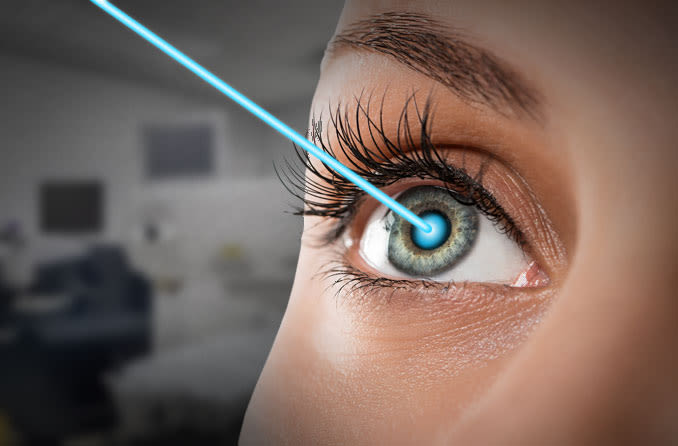Radial Keratotomy, or RK, was used mainly throughout the 1980s, including reducing spoke-like incisions to flatten the eye’s surface mainly to deal with nearsightedness.
Yet results, specifically long-lasting, created issues for some people. Substantial glow, varying vision, regression, and other side results such as night vision troubles were common in people that had RK for higher prescription strengths, while such side effects were less frequent in patients with reduced prescriptions.
RK is essentially outdated as a key vision improvement procedure for these reasons as well as because of advances in laser eyes correction surgery [แก้ตา, which is the term in Thai].
Photorefractive Keratectomy, or PRK, was the first effective laser vision correction procedure utilized to eliminate cells directly from the eye’s surface to transform the curvature of the cornea. PRK, also known as surface ablation, was executed throughout the 1980s and obtained FDA authorization in 1995. PRK is still commonly used, yet LASIK is without a doubt the most popular laser treatment today.
Nevertheless, PRK has made somewhat of a resurgence in recent years because of researches indicating that PRK, as well as LASIK, produce similar results. Likewise, nerve regeneration in the eye’s surface area appears to occur faster with PRK than with LASIK adhering to a procedure, which can have implications for minimizing dry eye as well as other issues that could take place until the healing procedure is full.
Because PRK is a surface area treatment, there also is no risk of medical flap problems. PRK does not entail creating a slim, hinged flap on the eye’s surface, as occurs with LASIK. PRK likewise seems a more secure treatment in cases when a person’s cornea may be too slim for LASIK surgery.
Recent technological developments have offered eye doctors better methods of creating thinner flaps in a predictable way, suggesting that individuals with slim corneas now may be prospects for a LASIK procedure.
Nonetheless, you possibly should consider various sort of vision improvement treatments if you have a thin cornea as well as a high level of myopia that would need additional ablation to reshape the eye.













